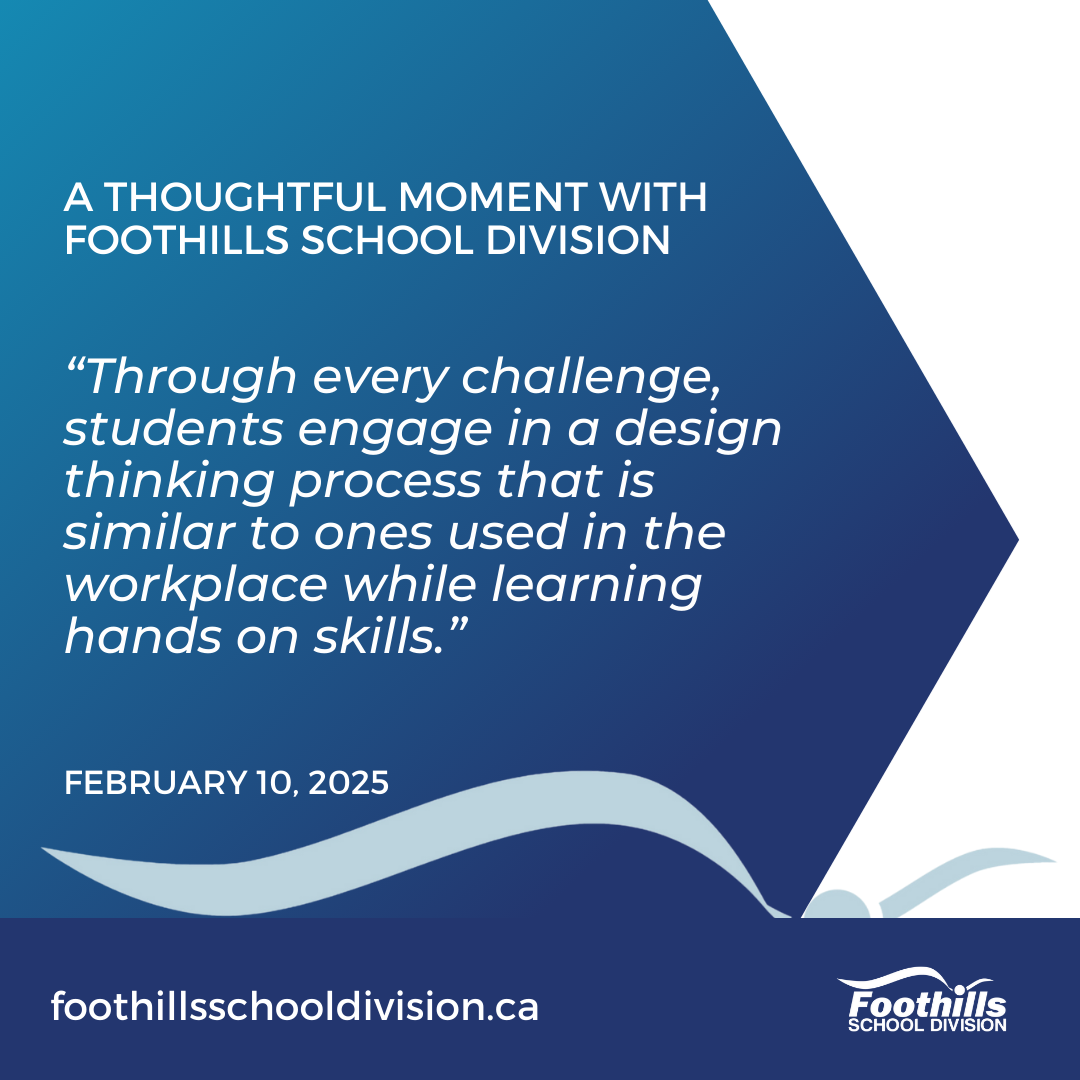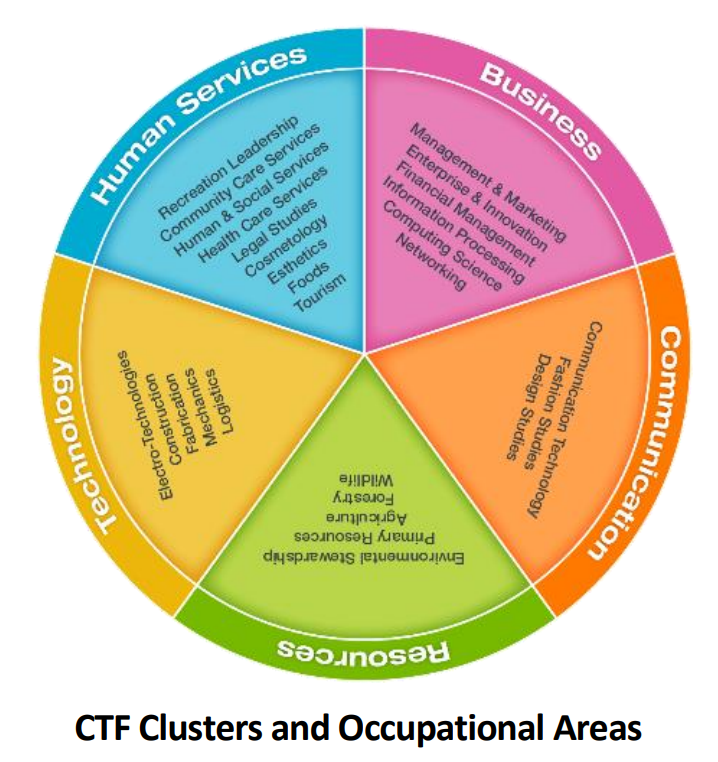A Thoughtful Moment: Maker Centered Spaces & CTF
.jpg)
What makes a maker?
Our world is quite literally at our fingertips. With a few taps or swipes of our phones we have access to seemingly unlimited information. We can make reservations, order food delivery, arrange transportation, and order almost any product to ship directly to our front door. Even these tools are becoming outdated. Artificial intelligence (A.I) technologies have only just begun to change how we live, work, and interact with the world. We are already seeing postings for jobs like “A.I. prompt engineering” appear on career sites!
There is a common saying in education that we are “preparing students for their future, not our past” (Schleicher, 2018). Indeed, it is likely that many of our children will have careers in areas that don’t yet exist. To prepare our students for this reality, it is important to expose them to a wide variety of experiences that build transferrable competencies such as critical thinking, persistent problem solving, managing information, and collaboration while teaching them to plan, create, appraise and communicate in a variety of career areas.
For our younger students (grades 1 -4), this may include maker centered learning experiences where they are given opportunities to play, build, explore, and learn how things work through a variety of creative opportunities. Students explore through learning experience such as instructing robotics, designing products to 3D print, inventing a better paper airplane, designing and building crafts to sell at a market, and more. Through these experiences, children learn curiosity, persistence, and problem solving while exploring the world of work.
Our grades 5-9 students continue this work through the provincial Career and Technology Foundations curriculum (CTF). In these grades, students work through more specific design challenges. These challenges tie together at least two career areas (see the graphic below) and encourage students to design and create real solutions to authentic problems. Students explore current career information through a variety of sources to identify how they might use these skills in the workplace. Challenges often connect to both CTF and other curricula such as Mathematics and Language Arts with a goal to answering the question of “what might I want to do when I grow up?” Through every challenge, students engage in a design thinking process that is similar to ones used in the workplace while learning hands on skills (at an age-appropriate level).
 For our grade 10-12 students, we move into the Career and Technology Studies curriculum (CTS) where in addition learning about potential career areas, they have the opportunity to learn real workplace skills such as welding, construction, design, software development, and many more. High school students have additional ways of gaining career experiences through off campus programming such as the Registered Apprentice Program, Green Certificate, Work Experience, and are even able to earn real post-secondary credits through our dual credit programming.
For our grade 10-12 students, we move into the Career and Technology Studies curriculum (CTS) where in addition learning about potential career areas, they have the opportunity to learn real workplace skills such as welding, construction, design, software development, and many more. High school students have additional ways of gaining career experiences through off campus programming such as the Registered Apprentice Program, Green Certificate, Work Experience, and are even able to earn real post-secondary credits through our dual credit programming.
For all grades in FSD we are providing diverse and hands-on learning experiences that equip students with the critical thinking, problem-solving, and collaborative skills they need to navigate an ever-evolving world. As we continue to embrace innovative educational practices, we ensure that our students are not only ready for the careers of today but are also well-prepared to thrive in the careers of tomorrow. Through these efforts, we are truly preparing students for their future, not our past.
Yours in learning,
 Doug Stevens
Doug Stevens
Director of Student Learning (7-12) & Assurance Data
OECD. (2018). The future of education and skills: Education 2030. OECD Publishing. Retrieved from https://www.oecd.org/education/2030/E2030%20Position%20Paper%20(05.04.2018).pdf[1](https://www.scirp.org/reference/referencespapers?referenceid=3321703).
Yours in learning,
Doug Stevens
Director of Student Learning 7-12 and Assurance Data
